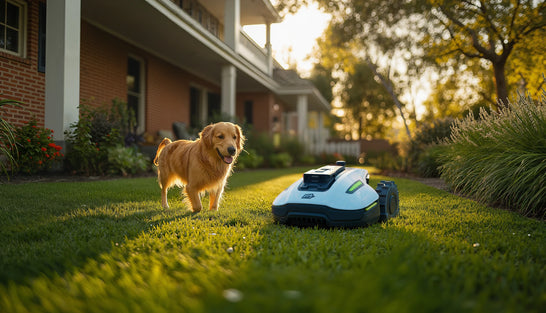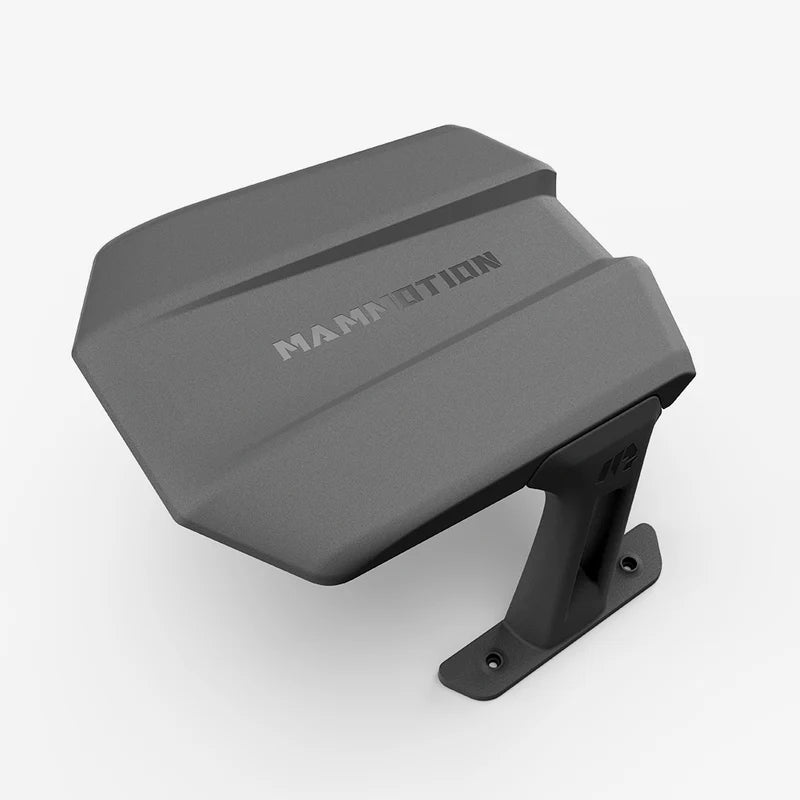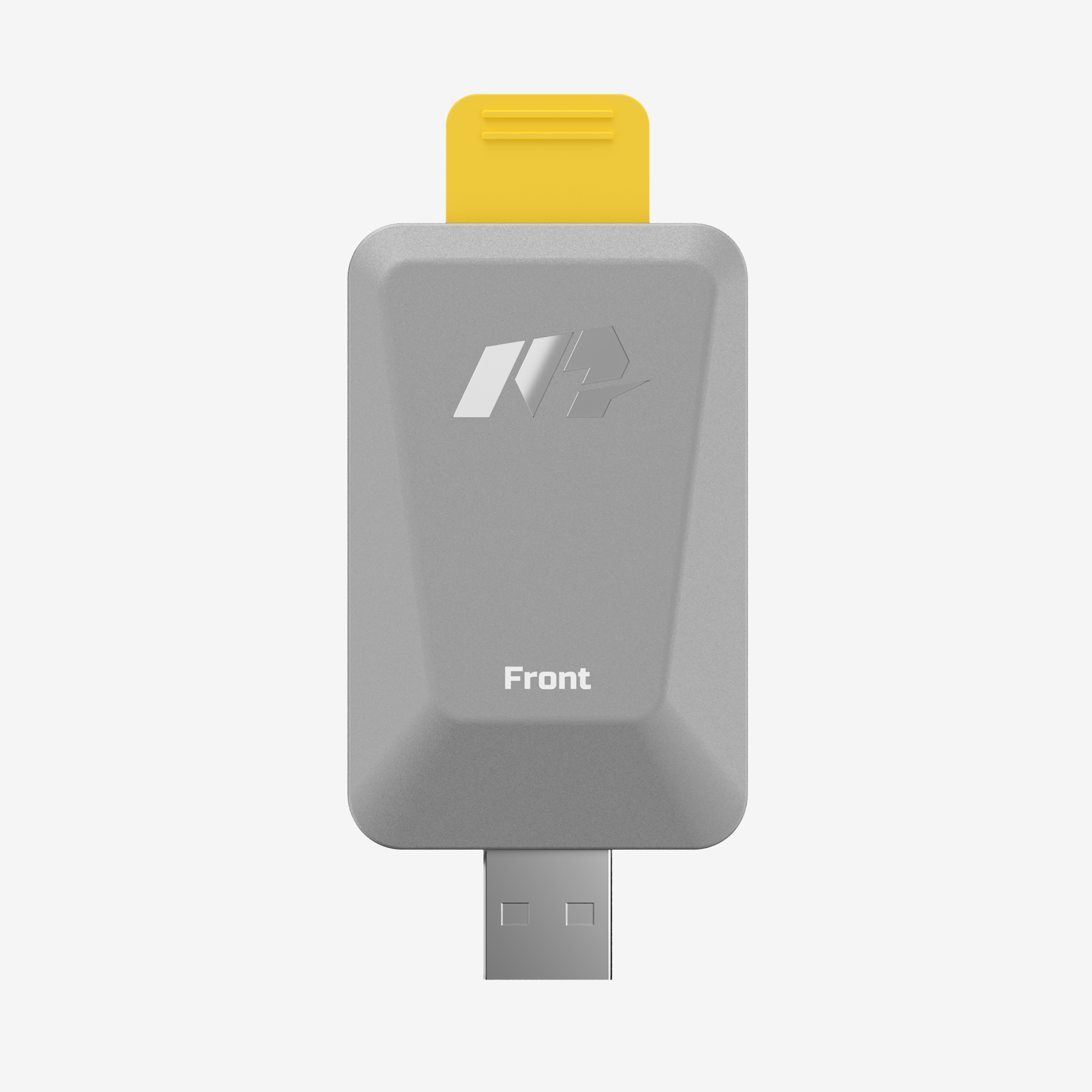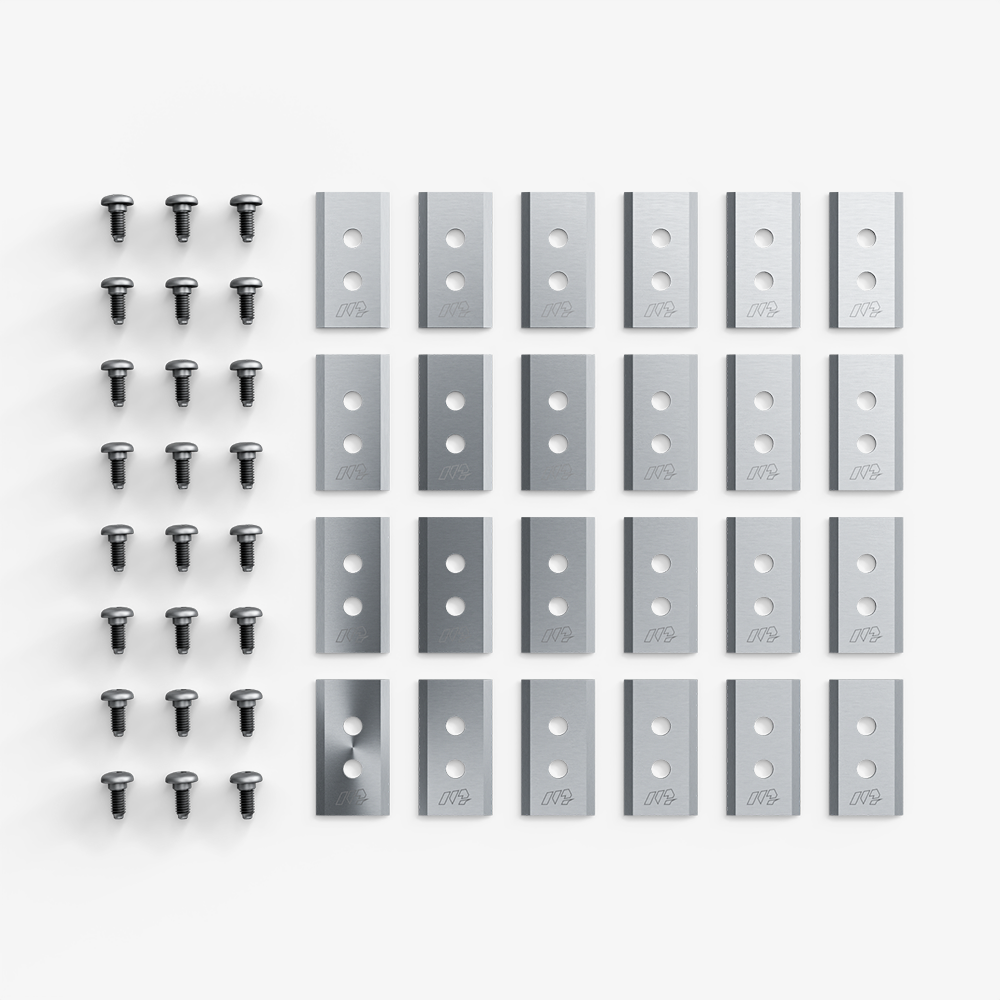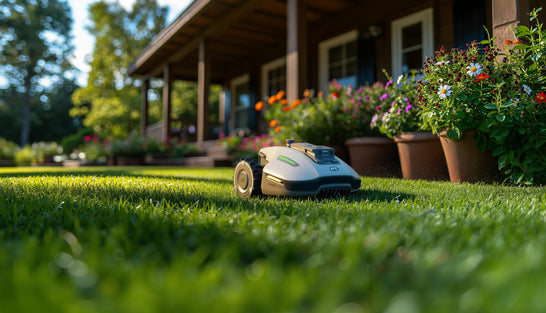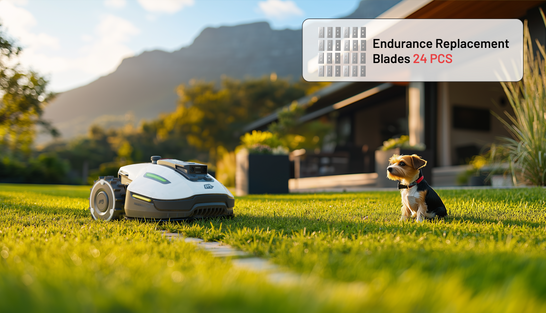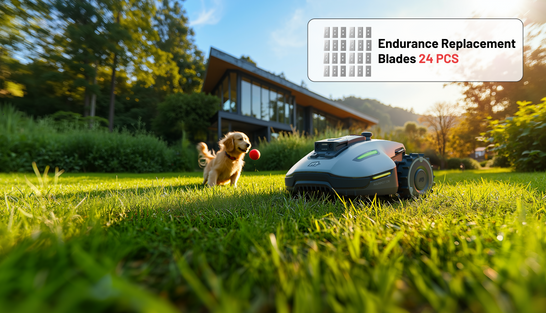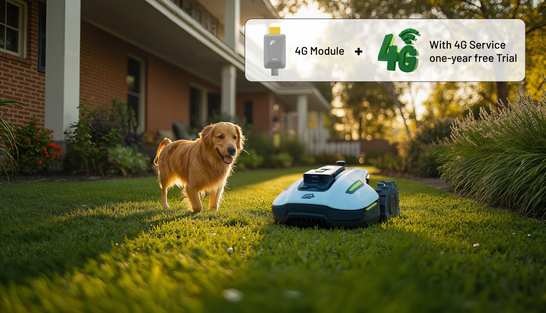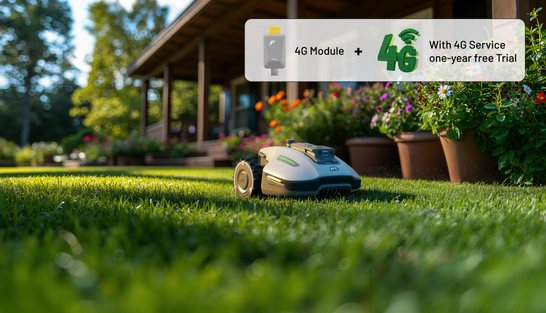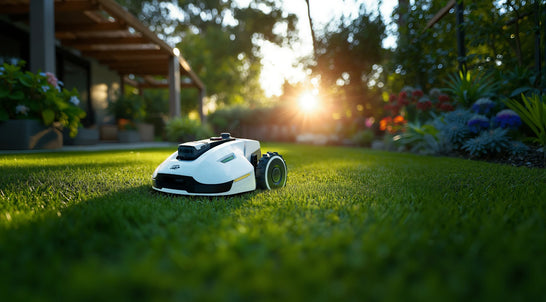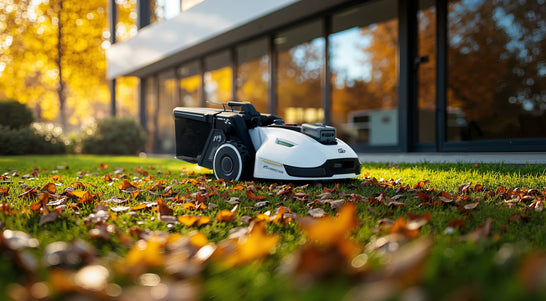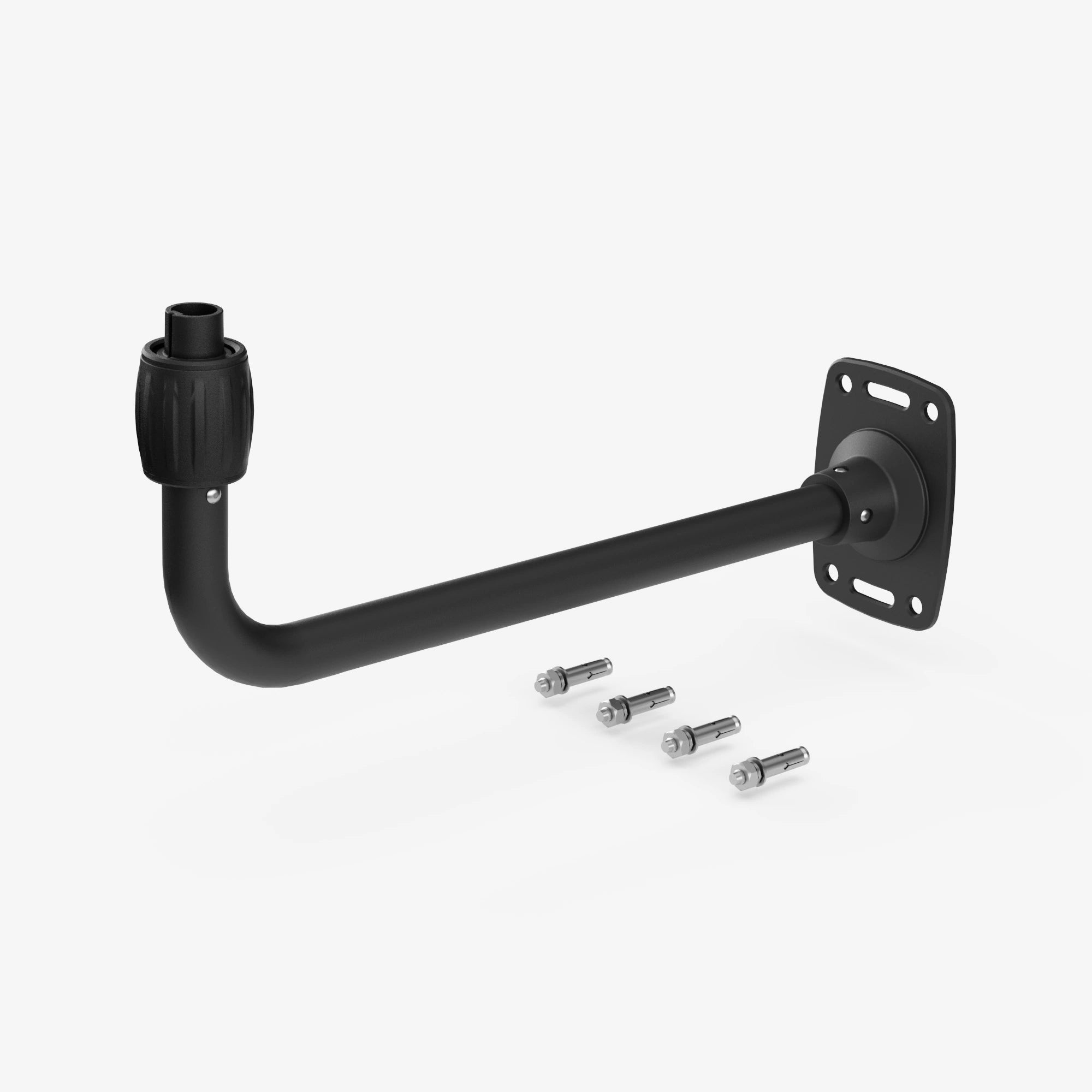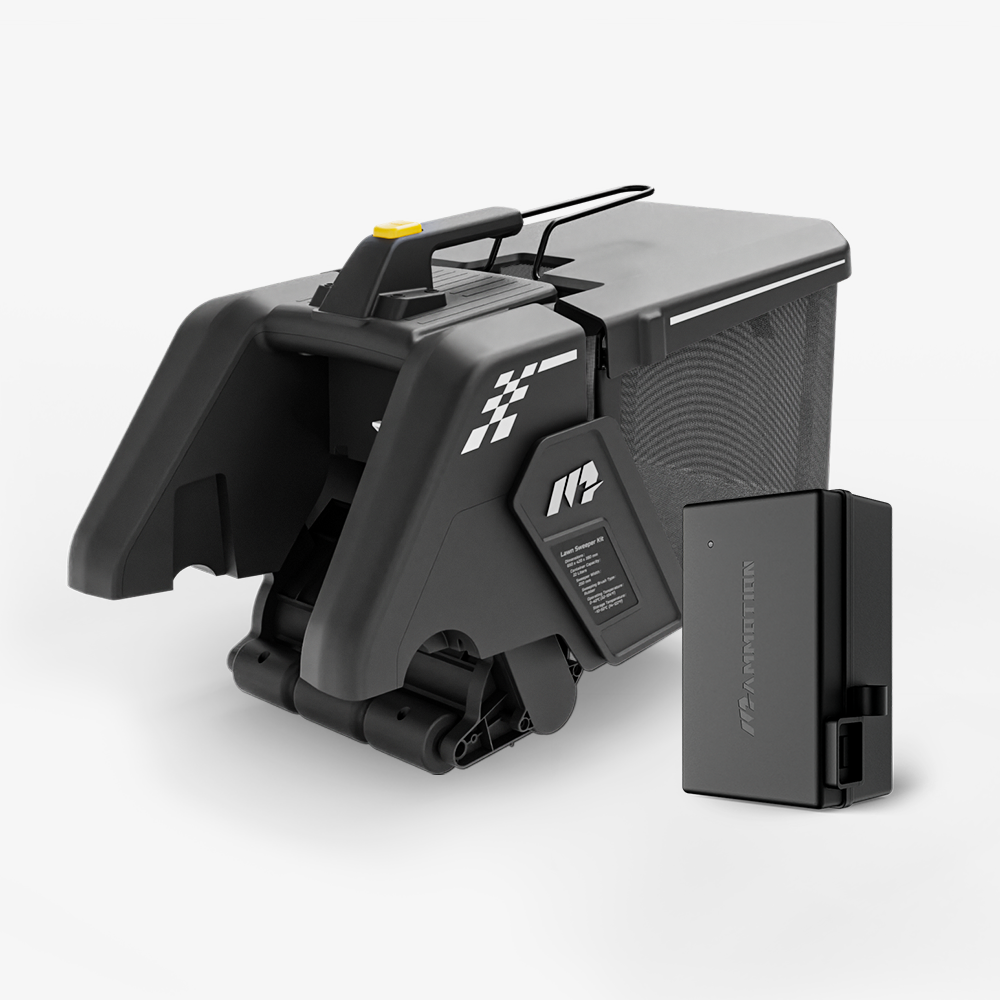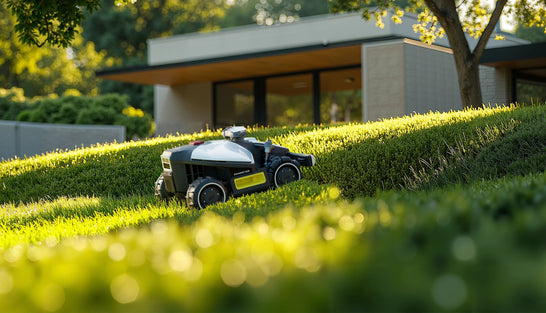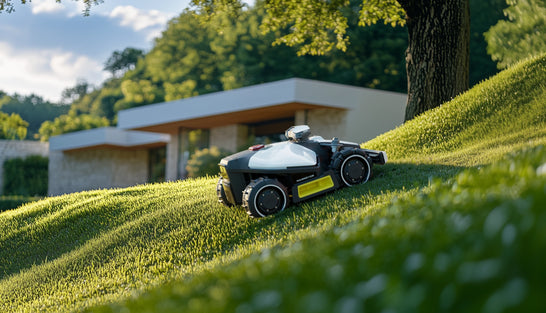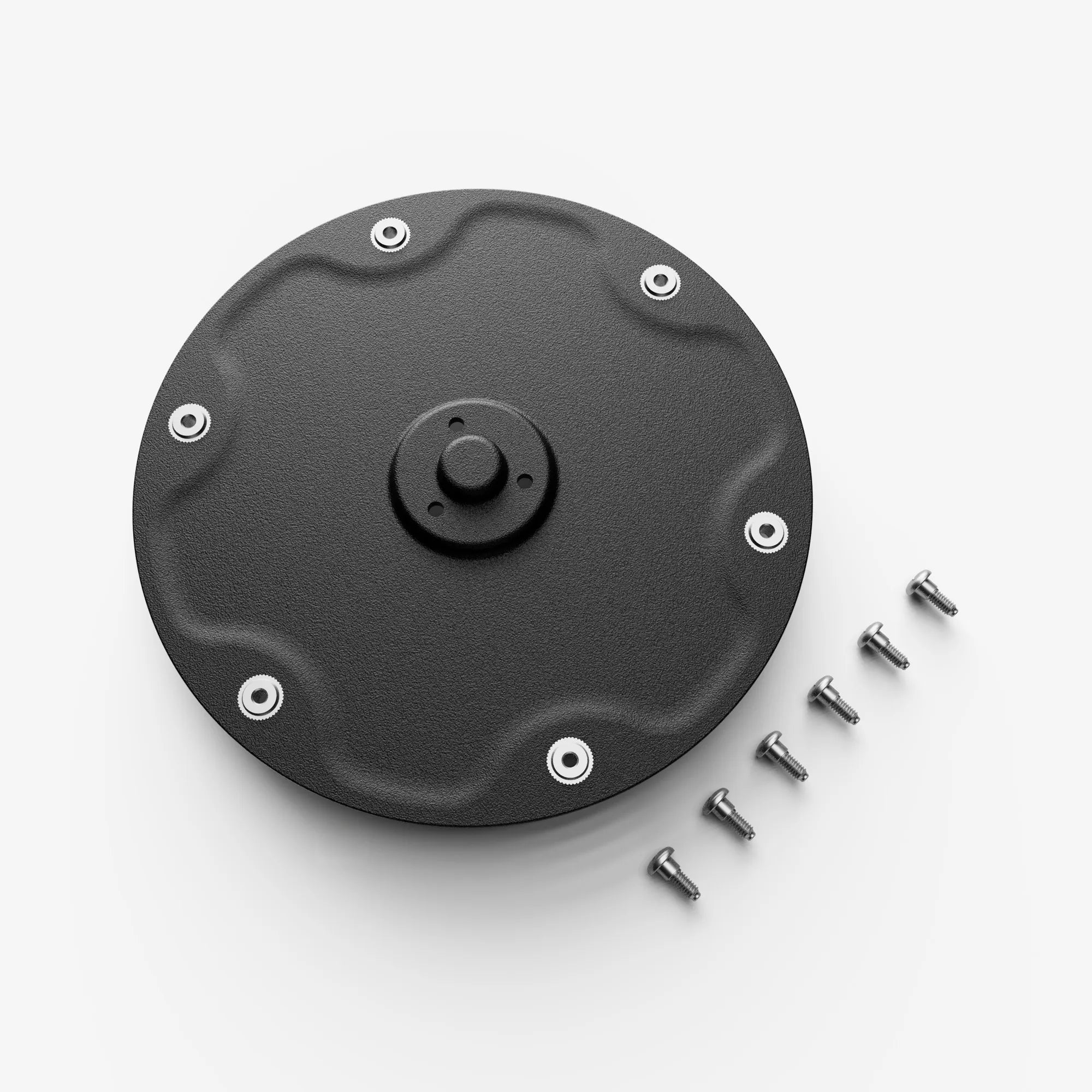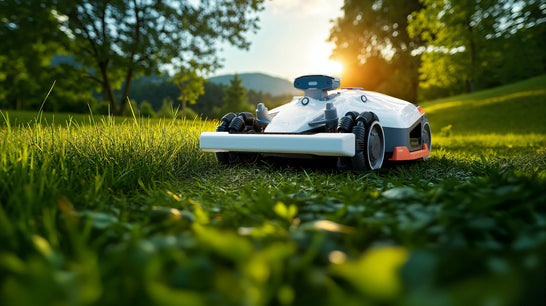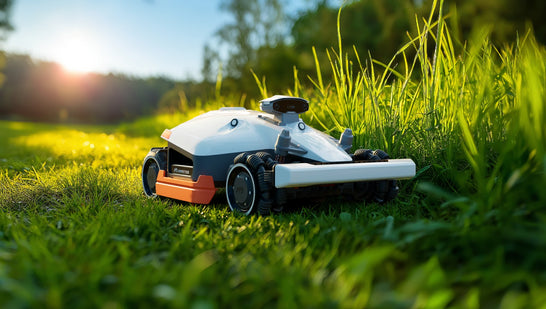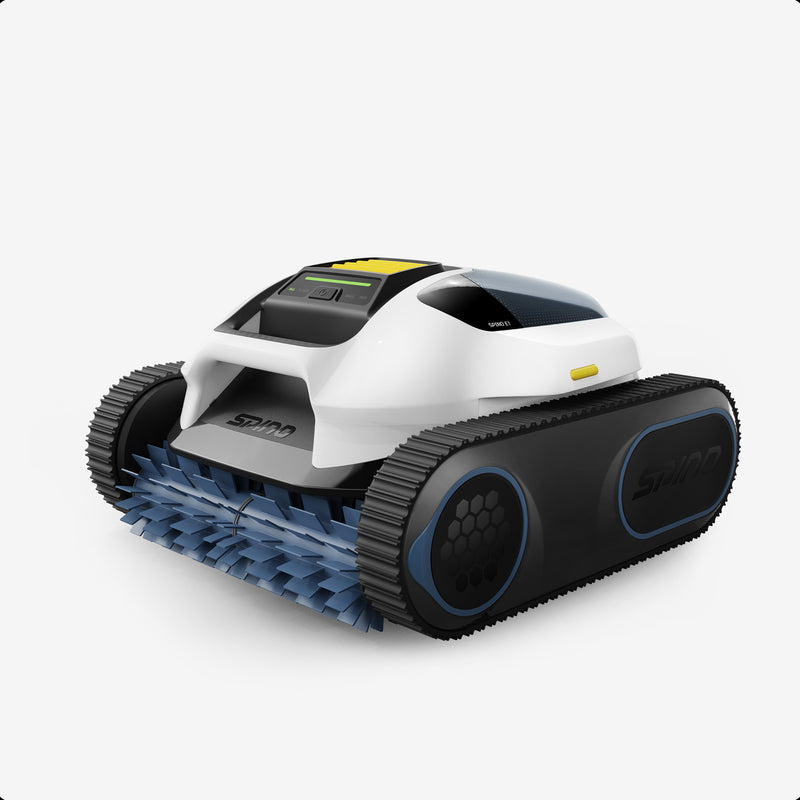Owning a swimming pool is one of the best ways to enjoy summer, but keeping it clean can quickly turn into a time-consuming chore. Dirt, leaves, algae, and other debris don't take long to turn sparkling water into a maintenance headache. That’s why more and more pool owners are turning to automatic pool cleaners — smart devices that take the hassle out of regular cleaning.
But not all pool cleaners are built the same. From affordable suction-side models to high-tech robotic units, each type has its own strengths and ideal use cases. Choosing the wrong one can mean wasted time, higher energy costs, or disappointing performance.
In this guide, we’ll break down the three main types of automatic pool cleaners, compare how they work, and help you decide which one is right for your pool — whether you're a new pool owner or upgrading your cleaning setup.
Types of Automatic Pool Cleaners
Automatic pool cleaners fall into three primary categories: suction-side, pressure-side, and robotic. Each type uses a different cleaning mechanism and serves a different purpose depending on your pool’s size, location, budget, and how much debris it typically collects. Below, we’ll walk you through each type, explain how they work, and highlight the pros and cons to help you make an informed decision.
1. Suction-Side Pool Cleaners
Suction-side automatic pool cleaners are the most common and budget-friendly option on the market. They connect directly to your pool’s existing filtration system — usually through the skimmer or a dedicated suction line. As your pool’s pump runs, the cleaner moves around the pool floor (and sometimes walls), sucking up dirt and debris, which are then passed through the filter.
Advantages:
- Affordable upfront cost – ideal for budget-conscious owners.
- Simple installation – often plug-and-play with minimal setup.
- Low maintenance – few moving parts mean fewer breakdowns.
Drawbacks:
- Relies heavily on your pool’s filtration system, which can wear out faster.
- Less powerful than other types, making it less effective at cleaning large debris like leaves or twigs.
- Reduced mobility – struggles with stairs, walls, or irregular pool shapes.
Best for: Small to medium-sized pools with minimal debris and standard shapes. Ideal for homeowners looking for a low-cost cleaning solution without extra pumps or power sources.

2. Pressure-Side Pool Cleaners
Pressure-side cleaners use the force of water returning to the pool to move and clean. They connect to the return jet and often come with a separate filter bag that collects debris, meaning they don’t rely on your main filtration system. Some models may require a booster pump for added power.
Advantages:
- Excellent for handling larger debris such as leaves, bugs, or acorns.
- Keeps your pool filter cleaner by storing debris in a separate bag.
- Durable and effective for medium to large pools.
Drawbacks:
- May require a booster pump, increasing initial and operational cost.
- More complex installation compared to suction-side units.
- Less energy-efficient than robotic models due to pump dependency.
Best for: Medium to large pools, especially in areas surrounded by trees or landscaping. Great for users who want thorough cleaning without overworking their filtration system.
3. Robotic Pool Cleaners
Robotic pool cleaners are the most advanced — and often the most expensive — option. These cleaners operate independently of your pool’s filtration system and run on electricity. Equipped with onboard motors, brushes, and smart navigation systems, robotic cleaners can scrub the floor, walls, waterline, and even stairs with exceptional precision.
Advantages:
- Superior cleaning performance – removes fine dirt, algae, and even microscopic particles.
- Energy-efficient – uses less electricity than running the pool pump for long periods.
- Self-contained system – no strain on your pool’s filter or pump.
- Smart features – many models include programmable schedules, smartphone controls, and intelligent navigation.
One popular option in this category is the Spino E1 Robotic Pool Cleaner, which offers intelligent navigation, strong cleaning power, and easy app control — all with zero connection to your pool’s filtration system.
Drawbacks:
- Higher upfront cost – robotic units can be 2–3 times more expensive than suction-side cleaners.
- Requires occasional maintenance – filter cartridges need to be emptied and cleaned.
- Needs a power outlet – may require planning for outdoor electrical access. Get more cons about robotic pool cleaners here.
Best for: Pool owners who want a “set-it-and-forget-it” solution and are willing to invest in long-term efficiency and performance. Robotic cleaners are ideal for pools of any size or shape, especially those with irregular surfaces or frequent debris buildup.
Summary
Each type of automatic pool cleaner offers unique benefits depending on your needs:
- Suction-side cleaners are great if you’re on a tight budget and have a simple, relatively clean pool.
- Pressure-side models strike a balance between power and cost, especially useful for large debris.
- Robotic cleaners are the best choice for those who want the most effective, energy-efficient, and low-maintenance solution — and don’t mind paying more upfront.
Next, we’ll provide a side-by-side comparison table so you can quickly assess which type aligns with your priorities.
Comparison Table: Automatic Pool Cleaner Types
Choosing the right pool cleaner isn’t just about picking the most expensive model — it’s about finding the best match for your pool type, cleaning needs, and budget. Here’s a quick side-by-side comparison to help clarify the differences:
|
Feature |
Suction-Side Pool Cleaner |
Pressure-Side Pool Cleaner |
Robotic Pool Cleaner |
|
Price |
$200–$500+ |
Moderate ($400–$900+) + booster pump (~$300–$400+ if needed) |
Typically $500–$1,500+ |
|
Power Source |
Pool pump |
Return line / Booster pump |
Independent (electric motor) |
|
Debris Handling |
Small debris |
Medium to large debris |
Fine to large debris |
|
Filter Usage |
Uses pool’s filter |
Separate filter bag |
Self-contained filter system |
|
Installation |
Easy |
Moderate (may need booster pump) |
Plug-and-play |
|
Maintenance Level |
Low |
Moderate |
Low to moderate |
|
Energy Efficiency |
Low |
Medium |
High |
|
Best For |
Small, clean pools |
Medium/large pools with leaves |
Any pool — especially large or complex shapes |
If you're after affordability and simplicity, suction-side cleaners get the job done. For larger pools or yards with trees, pressure-side units offer stronger cleaning without overloading your filtration system. Robotic cleaners, though more expensive, deliver unmatched performance, energy efficiency, and convenience — especially for busy pool owners who want hands-off maintenance.
Related Articles:
- Is a Robotic Pool Cleaner Worth It? A Realistic Guide for 2025
- Suction vs Robotic Pool Cleaner: Which is Better?
- Robotic vs. Pressure Side Pool Cleaner: Which is Better?
How to Choose the Right Pool Cleaner for Your Pool
With so many models on the market, choosing the right automatic pool cleaner can feel overwhelming. But if you focus on a few key factors, the decision becomes much easier.
1. Pool Size and Shape
- For small, above-ground pools or basic in-ground pools, a suction-side automatic pool cleaner is usually sufficient.
- If your pool is large, deep, or has complex features like steps and slopes, a robotic cleaner’s smart navigation will ensure full coverage.
2. Debris Type and Frequency
- Live near trees or plants that drop lots of leaves and twigs? Go with a pressure-side or robotic model that can handle heavier debris.
- If your pool mostly collects fine dirt or sand, a robotic cleaner with built-in filtration will give you the best results.
3. Energy Use and Filtration Load
- Concerned about rising utility bills? Robotic models are independent and energy-efficient, making them ideal for long-term savings.
- Want to reduce wear on your pool pump and filter? Avoid suction-side automatic pool cleaner models and choose robotic or pressure-side instead.
4. Budget
- Tight budget? Suction-side is the most economical.
- Looking for long-term value and performance? Robotic cleaners are worth the investment.
Recommended Pick:
If you're looking for a truly hands-free experience with top-tier performance, the Mammotion Spino E1 Robotic Pool Cleaner is a standout option.
With advanced path planning, powerful dual motors, and app-based controls, it's designed for pool owners who want premium cleaning with zero hassle. Whether you have an in-ground or above-ground pool, the Spino E1 combines efficiency, intelligence, and reliability in one sleek package.
Pro Tip: Think about how much time you’re willing to spend on maintenance. If your goal is “set it and forget it,” robotic is the clear winner. If you want a pool that is cost-effective and fully capable of cleaning different types of pools, Mammotion's newly launched SPINO E1 fits your expectations perfectly.
Conclusion
Maintaining a clean, safe, and inviting pool doesn't have to be a constant struggle. With the right automatic pool cleaner, you can save hours of manual labor and enjoy crystal-clear water all season long. Whether you're looking for a budget-friendly suction-side cleaner or investing in a top-of-the-line robotic model, the key is to match the cleaner to your pool’s unique needs.
Take time to assess your pool’s size, debris load, and how hands-off you want your cleaning routine to be. The right choice will not only keep your water spotless — it will give you more time to relax and enjoy it.
Frequently Asked Questions
1. What’s the difference between suction, pressure, and robotic pool cleaners?
Suction-side cleaners connect to your pool's filter system and are great for small debris. Pressure-side models use water pressure and work well for larger debris like leaves. Robotic cleaners are fully independent, electrically powered, and offer the most advanced, energy-efficient cleaning — often including floor, wall, and waterline scrubbing.
2. Are robotic pool cleaners worth the higher price?
Yes — especially if you want hands-free maintenance, energy savings, and deep cleaning. Robotic cleaners like the Spino E1 offer smart navigation, powerful suction, and app controls. While they cost more upfront, many owners find the convenience and long-term savings well worth it.
3. Will an automatic cleaner work for both above-ground and in-ground pools?
That depends on the model. Many suction and robotic cleaners are designed for both, but always check the manufacturer’s specifications.
4. Can these cleaners handle leaves and larger debris?
Suction-side cleaners may struggle with large leaves or acorns. Pressure-side and robotic models are better suited for heavier debris. If your pool is surrounded by trees or landscaping, a pressure or robotic cleaner is your best bet.
5. Do robotic pool cleaners need to be connected to the pool’s pump or filter?
No. Robotic cleaners are fully self-contained and run on electricity. They have built-in motors and filters, so they don’t rely on your pool’s system, which helps reduce wear on your pump and saves energy.
6. How often should I run my automatic pool cleaner?
During peak swimming season, most pool owners run their cleaner 2 to 4 times per week, depending on how much debris enters the pool. Robotic models often have programmable schedules to automate this completely.
7. Is an automatic pool cleaner installation complicated?
Not at all. Suction and pressure-side models typically connect to existing ports. Robotic cleaners are even easier — just plug them in, drop them in the water, and press start. Some, like the Spino E1, can even be controlled through a smartphone app.
8. Do I still need to brush or vacuum my pool manually?
In most cases, no. A good robotic cleaner can handle floor and wall scrubbing. However, you may occasionally want to brush hard-to-reach corners or deal with heavy algae manually, especially after storms or long periods of inactivity.

